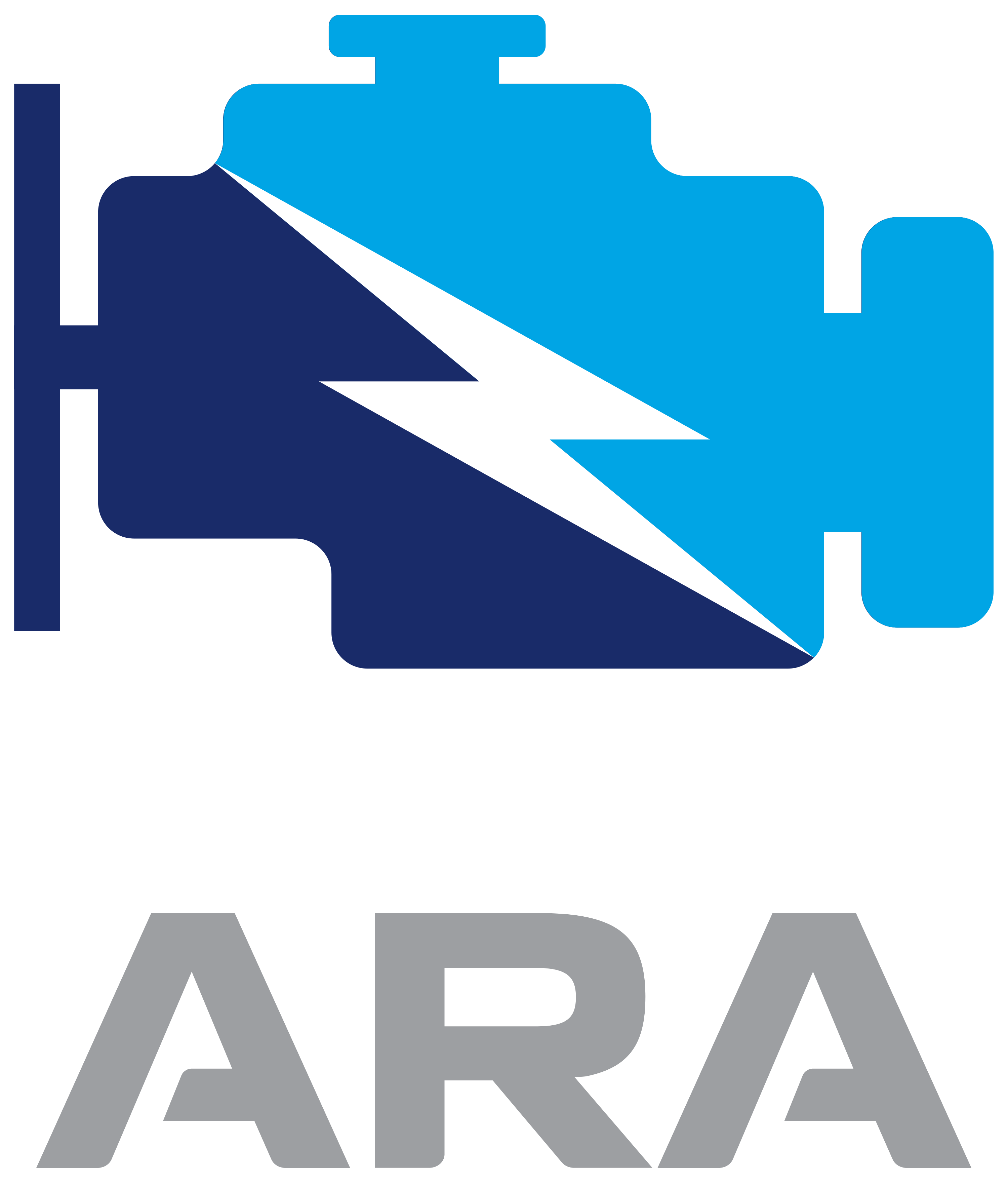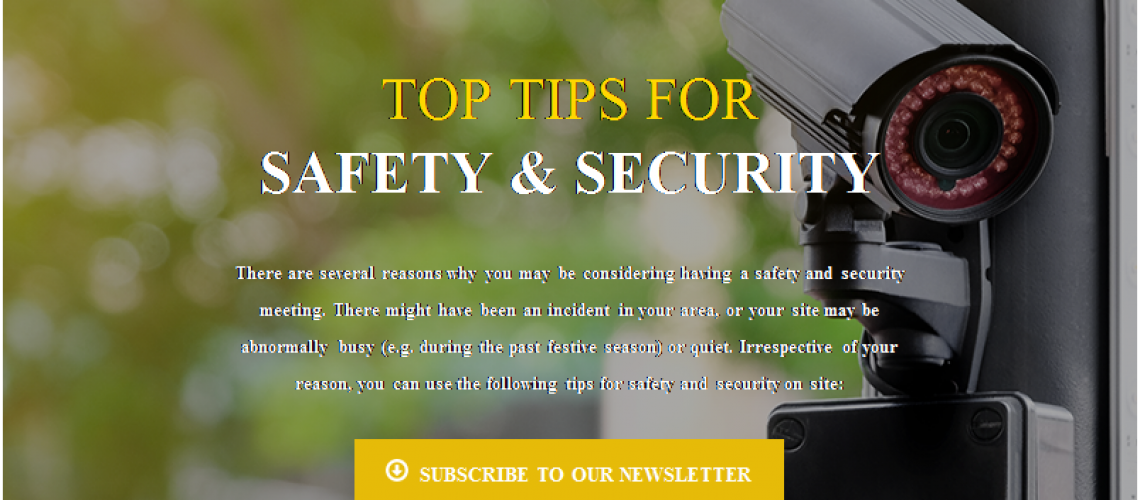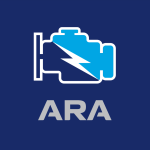| | | • It is very important that you make use of an electronic drop safe and a 7-day cash-in-transit pickup service that makes it impossible for anyone to access the cash once it has been dropped in the safe. What is even more important is that all your staff members must be convinced that you do not have access to the cash.
• One way to ensure this is to have a cashier explain the cash management procedures that are in place, to your staff. This will also remind the cashiers of their responsibility towards the other employees at the site. | | |
|
| | | • Your CCTV cameras should face the right way, work properly, and be in focus. Make sure you are monitoring the areas with the highest risk of suspicious activity adequately. Your staff should be made aware that you are always monitoring the cameras.
• This can be achieved by monitoring the cameras on your phone (via the mobile or web app) and calling the site with any specific questions about what you have seen on the camera. This will remind them that you are checking the cameras on a regular basis and thoroughly. | | |
|
| | | • Make sure that you can save the footage from the CCTV system. If possible, create a step-by-step procedure, print it, laminate it and place it near the CCTV system so that anyone saving footage follows the right steps.
• Watch the footage you have saved to ensure that the clip starts and ends at the right place and to ensure good quality recordings.
• Ensure that you back up these recordings and have a policy in place about how long such recordings will be kept, who will have access to it, and what steps need to be followed should the footage be needed by, for instance, the police. | | |
|
| 
| | | | • Print out a few of the Compensation for Occupational Injuries and Diseases Act (COIDA) forms and complete the company details and COIDA registration number on the forms. Should an injury on duty occur at the site, one of the first steps when arriving at the hospital will be to complete injury on duty forms. If you have them partially completed already, you only need to add the employee’s details and the relevant details of the injury. | | |
|
| | | • Double-check your First Aid Kit’s contents and make sure that the kit is locked. Only the First Aider and Management should have access to the First Aid Kit with only the staff responsible for first aid having access. Make sure there is a register and pen in the kit and that the first aid staff is aware they must complete the register with all relevant details and events, like issuing a plaster.
• Make sure you have NO medicine of any kind in your First Aid Kit. You are not allowed to give staff members any form of medicine, including cough syrup, Disprins, Grand-Pa, etc. | | |
|
| | | • Your roster must indicate the responsible First Aider(s) and Fire Fighting Team Member(s) on each shift. A suggestion could be to colour-code the shifts and train your employees to understand when they are the staff member in charge of the respective aspect. | | |
|
| EMERGENCY EVACUATION DIAGRAM | | • Double-check that there is an emergency evacuation diagram in every room and that it is placed close to the door, where people are more likely to see it.
• The diagram must clearly indicate the position of the staff member when reading the diagram (“you are here”) and the correct route to follow to the assembly point. The signage at the assembly point must be visible from as many areas on the site as possible. | | |
|
| 
| | | | • Check that all locked areas remain locked and that the keys are safely locked away. The keys to the emergency exit(s) must be available in a box that is mounted on the wall next to the exit. The box must have a plastic or glass cover that can be broken to access the key
• Some of the wall-mounted boxes may have a screw on the top which can be removed easily by an employee to access the key and then be replaced without any sign of tampering. To resolve this, you can replace the screw with one that requires an Allen key or place a unique sticker over the screw which will clearly show if someone has tampered with the screw. | | |
|
| Why Us? We understand how your service station works | | FUTURENT focuses exclusively on the fuel industry. All our services are developed from decades of experience in the ownership and operation of profitable, sustainable service stations. | | |
|
| | | | | | ‘tasklearn’ is fuel industry-exclusive e-learning, based on decades of experience in running sites and training Dealers, Managers &Staff. | |
| | ‘tasksafe’ is fuel industry exclusive health &safety support with easy online inspections, automatic reports and notifications. | |
| | ‘task360‘ is fuel industry exclusive access to industry information, fuel price updates, retail margin updates and much more. | |
| | ‘fuelstream’ is the largest online fuel industry community of Dealers &Managers | |
|
|
| | | |
|
| | | 
| | | | | Businesses need to strip down to the bone and start again with the basics. What’s … | | |
| | 
| | | | | The fuel industry has become fiercely competitive with your adversary literally around the next corner, … | | |
| | 
| | PLANNING FOR A BUSY PERIOD | | | The chances are that most sites will experience one of two scenarios during the upcoming … | | |
|
| |
|
<img width="804" height="484" src="https://arasa.org.za/wp-content/uploads/sites/11/2021/01/image003.png" alt="Text Box: CONTACT US You can call us at: FUTURENT Head Office: +27 (12) 804 5066 Whatsapp at: +27 12 804 5066 Or Email us at: info@futurent.co.za OUR SOCIALS Website Tweet with us Stay connected © 2020. All rights reserved. Unsubscribe – Webversion – Send to a friend ” v:shapes=”_x0000_s1026″> |
|













